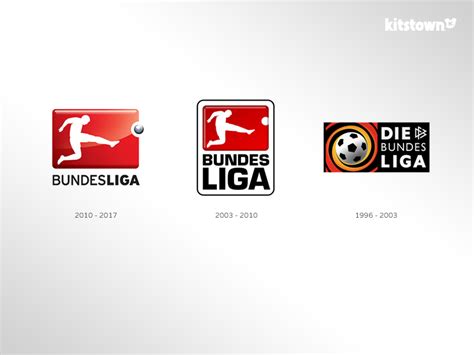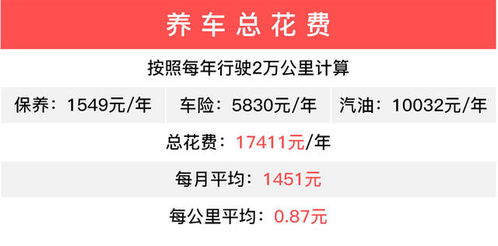Title: Understanding the Discrepancy in Spectator Attendance Between German Bundesliga and 2. Bundesliga
Introduction

In the realm of German football, the Bundesliga and 2. Bundesliga stand as pillars of national football prowess, boasting significant followings and a rich history. However, an intriguing phenomenon arises when comparing spectator attendance between the two leagues. Despite the Bundesliga's stature as the premier division, it is not uncommon for 2. Bundesliga matches to draw larger crowds. This article aims to delve into the factors contributing to this discrepancy and provide insights into the dynamics at play.
1. Club Size and Fan Loyalty
One primary factor influencing spectator attendance is the size and historical prominence of the clubs within each league. While the Bundesliga features iconic clubs like Bayern Munich, Borussia Dortmund, and Schalke 04, the 2. Bundesliga comprises teams with considerable fan bases and rich histories, such as Hamburger SV, 1. FC Nürnberg, and VfL Bochum. These clubs often command loyal followings regardless of the league they compete in, thus driving higher attendance figures for 2. Bundesliga matches.
2. Competitive Balance and Excitement
The competitive nature of the 2. Bundesliga also plays a crucial role in attracting spectators. Unlike the Bundesliga, where dominant teams often prevail, the second division offers a more unpredictable and fiercely contested environment. With promotion to the Bundesliga at stake, matches in the 2. Bundesliga carry immense significance, leading to heightened excitement and greater fan engagement. This competitive balance contributes significantly to the league's appeal and translates into larger crowds at stadiums.
3. Affordability and Accessibility
Another factor contributing to higher attendance in the 2. Bundesliga is the affordability and accessibility of match tickets. While Bundesliga tickets can be relatively expensive, especially for matches involving toptier clubs, 2. Bundesliga tickets are generally more affordable, making live football more accessible to a broader demographic. This affordability, coupled with the passionate fan culture prevalent in German football, encourages greater attendance at second division matches.
4. Regional Rivalries and Local Identity
Regional rivalries and a sense of local identity also influence spectator attendance patterns. Many 2. Bundesliga clubs have longstanding rivalries rooted in regional pride and historical competition. These local derbies, such as the Franconian Derby between 1. FC Nürnberg and SpVgg Greuther Fürth, often draw substantial crowds fueled by intense emotions and a desire to support their hometown teams. Such local rivalries serve as a significant driving force behind the high attendance figures witnessed in the second division.
5. Marketing and Matchday Experience
Effective marketing strategies and the overall matchday experience contribute to attracting spectators to 2. Bundesliga fixtures. Clubs invest in promotional activities, community engagement initiatives, and enhancing stadium amenities to create an immersive and enjoyable experience for fans. By fostering a vibrant atmosphere and catering to the diverse preferences of supporters, 2. Bundesliga clubs succeed in drawing larger crowds to their matches, despite being in the shadow of the Bundesliga.
Conclusion
In conclusion, several interrelated factors contribute to the phenomenon of higher spectator attendance in the 2. Bundesliga compared to its premier counterpart. From the enduring loyalty of fans to the competitive intensity of matches and the affordability of tickets, each element plays a pivotal role in shaping the footballing landscape in Germany. While the Bundesliga remains the pinnacle of German football in terms of global prestige, the 2. Bundesliga continues to captivate audiences with its compelling narratives and passionate fan culture, underscoring the multifaceted nature of football fandom.









